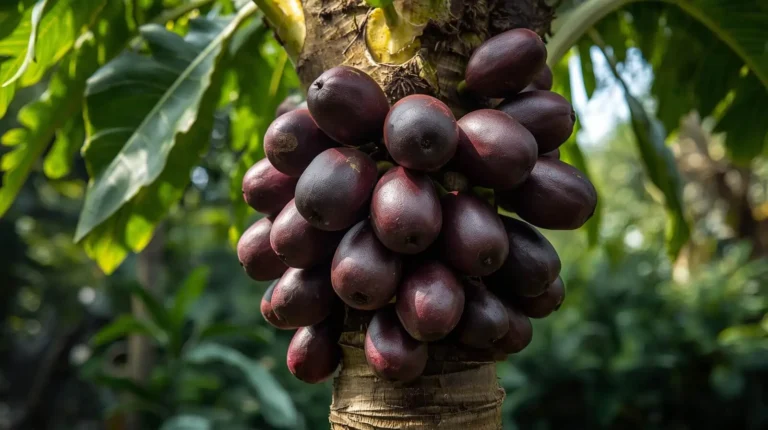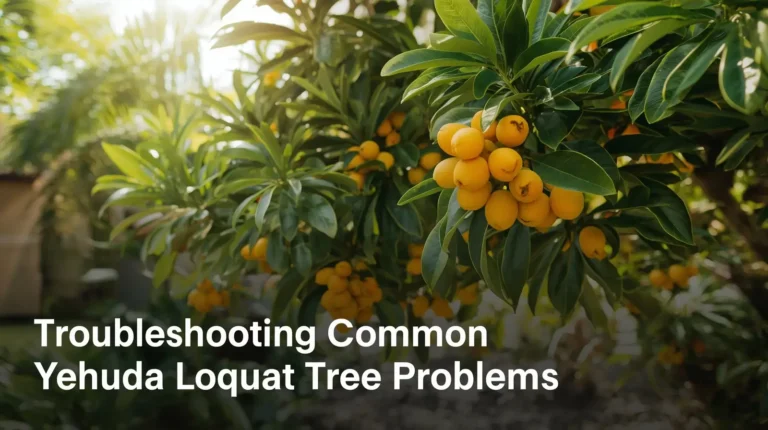Establishing the Right Growing Conditions
To cultivate a flourishing Oro Negro avocado tree, it’s crucial to establish optimal growing conditions that encourage robust growth and fruitful yields.
- Ensure full sun exposure throughout the day.
- Use well-draining soil to prevent root rot.
- Maintain appropriate watering and fertilization practices.
From my own gardening experience, I’ve learned that consistency matters more than perfection. When I started planting my first Oro Negro avocado tree, I followed specific steps this article delineates, adhering closely to guidelines that help gardeners enhance success in Oro Negro avocado cultivation. By maintaining balance and addressing common challenges, you’ll soon notice how these practices play a key role in promoting overall significance in your garden’s health. The steady effort toward establishing these habits will not only keep your Oro Negro avocado plant flourishing but also make your home orchard a source of pride and learning.
“If you enjoy exploring avocado varieties, see our guide on Florida Avocado vs California Avocado to understand how climate affects growth and flavor.”
1. Understand the Growing Conditions for Oro Negro Avocado Trees
Ideal Climate and Soil Preparation
To successfully grow an Oro Negro avocado tree, it’s crucial to understand specific growing conditions that help the plant flourish and deliver optimal growth and fruit production throughout the season.
- Ensure full sun exposure, requiring around 6 to 8 hours of direct light each day, as it’s vital for healthy development.
- The soil type favors well-draining earth, ideally sandy loam or loamy ground, with a pH ranging 6.0 to 7.0, to sustain balance.
- If the ground is heavy or clay-like, improve it using organic matter to enhance drainage and aeration; regular testing is advised.
- Maintain temperature displays moderate cold tolerance, withstanding low 30°F, performing best in USDA Hardiness Zones 9B to 11, where warm temperatures prevail between 68 to 77°F (20 to 25°C).
- Watering needs are essential, particularly in dry spells; mature trees typically require once a week watering to ensure soil remains moist, not waterlogged, and prevent root rot.
From my own gardening experience, I’ve found that using a balanced fertilizer with a ratio of 10-10-10 or 8-3-9, along with consistent feeding, helps in encouraging healthy fruiting and sustaining soil fertility. Keeping humidity levels between 60 and 80 percent is also advantageous for maintaining plant vigor and overall well-being.
For region-specific avocado-growing guidance, refer to the University of Florida – Avocado Growing in the Home Landscape, which provides research-based recommendations for soil, watering, and fertilization.
2. Plant Your Oro Negro Avocado Tree Correctly
Step-by-Step Planting Guide
- To successfully plant an Oro Negro avocado tree, follow essential steps and choose the right location that receives full sun and has good drainage. If you enjoy exploring so you read also 7 Amazing Benefits of Growing Small Avocado Trees at Home.
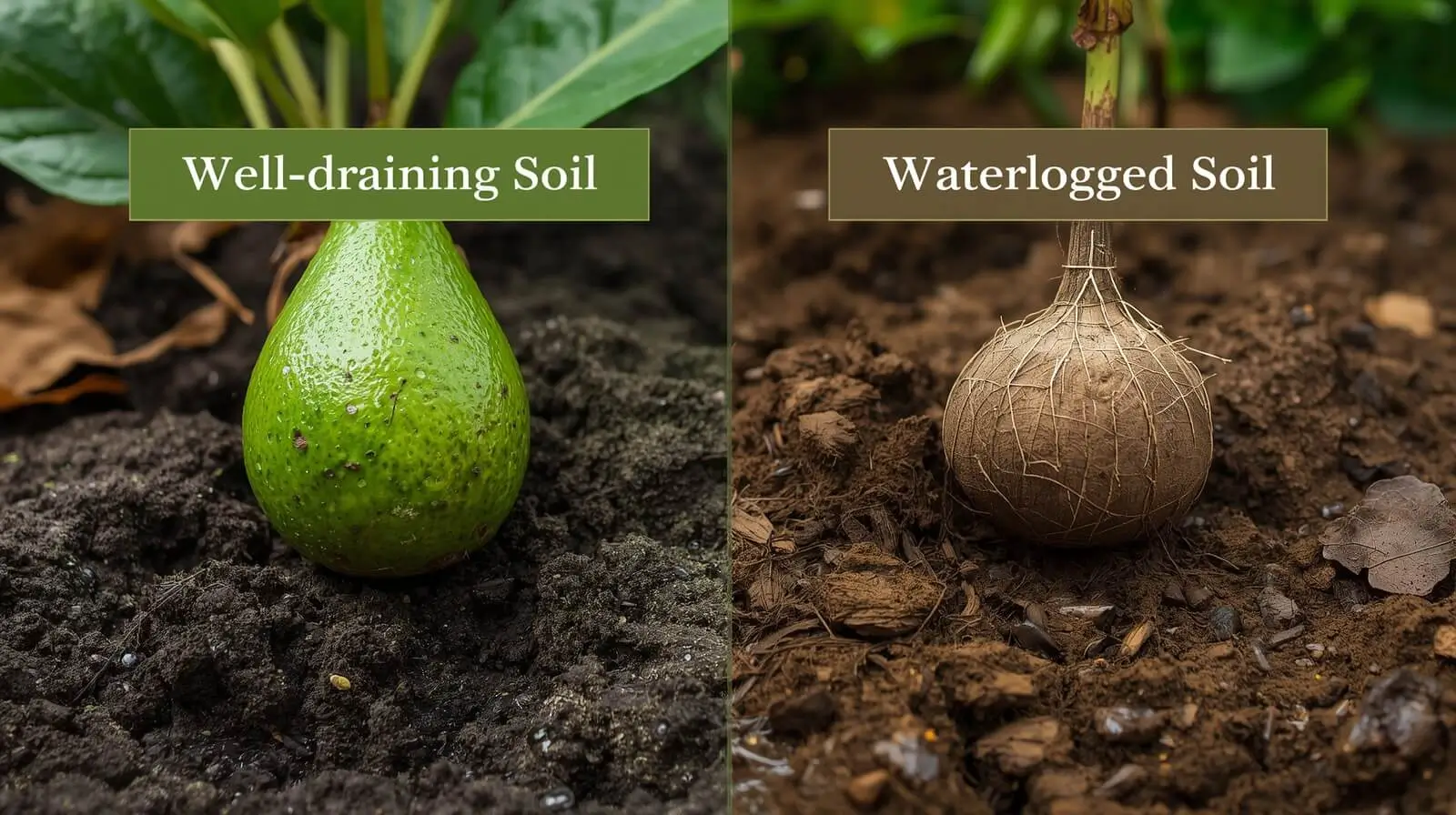
- It’s crucial to avoid areas that retain water after heavy rains, as these conditions don’t allow the plant to thrive in well-aerated environments.
- Prepare the planting hole by digging 2-3 times wider than the root ball and the same depth, loosening surrounding soil to promote robust growth and establish effectively.
- Position carefully and place the tree so that the top level of the root ball is even with the ground, avoiding planting too deep, which can suffocate roots and hinder growth.
- Backfill with excavated earth, gently tamping to eliminate air pockets, then water thoroughly after planting to settle the soil around roots. For the initial two weeks, water daily, then every other day, and switch to once a week as the plant begins establishing a strong foundation.
- Apply mulch around the base to retain moisture, suppress weeds, and prevent rot; keep it a few inches from the trunk to encourage healthy development.
From my own gardening experience, I’ve found that fertilization plays a major role in long-term success. Fertilize three times a year, applying one-half pound of fertilizer for each foot of height to support ongoing fruit production. By adhering to these methods, you’ll enhance the success rate and help your Oro Negro avocado tree grow typically within one to four years, depending on care and conditions provided.
3. Maintain and Care for Your Oro Negro Avocado Tree
Long-Term Care and Maintenance
- To effectively maintain and care for your Oro Negro avocado tree, adhere to guidelines that support steady growth and overall health. Watering is key — provide deep, infrequent irrigation, allowing the top inch of soil to dry between waterings. In the first growing season, water twice a week, then reduce to once every 7–10 days once the plant is established, especially in warm conditions.
- Fertilization is essential for optimal development. Apply a balanced fertilizer every 6–8 weeks during spring and summer, adhering to product instructions to prevent over-fertilization and harm. Supply calcium during the initial 6 to 8 weeks of fruit development to enhance quality and significantly improve overall health. If you enjoy exploring so you read also 7 Reasons the Little Cado Avocado Taste Will Surprise You.
- Pruning involves lightly trimming the tree to shape, remove dead or unhealthy branches, and encourages healthy air circulation. From my own experience, this small step is vital for disease prevention and keeps the plant robust and thriving through every season.
- Keep an eye on pest management — inspect pests like aphids or scale, and utilize organic techniques to address infestations without harming beneficial insects. This promotes a balanced ecosystem, helping the tree stay healthy and free from unwanted damage.
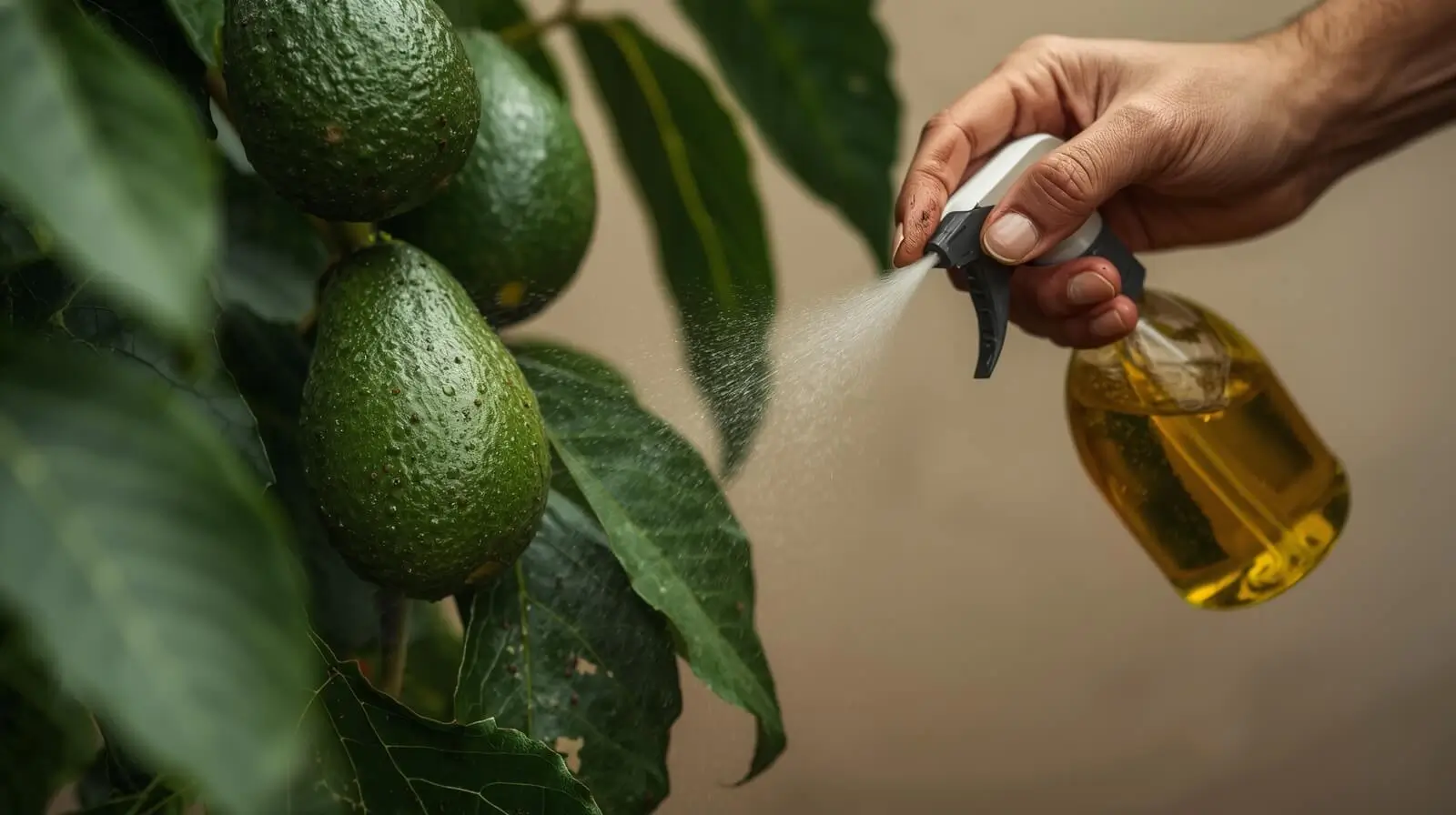
- Mulching is another crucial care practice. Replenish mulch as needed to retain moisture, suppress weeds, and ensure it’s kept away from the trunk to prevent rot. Proper moisture retention supports the roots that primarily reside six inches under the canopy, maintaining steady growth.
4. Troubleshoot Common Issues in Growing Oro Negro Avocado Trees
Identify and Solve Growing Challenges
- When cultivating the Oro Negro avocado tree, gardeners may pose numerous difficulties, but applying the right strategies will ensure a robust and productive specimen. From my experience, this stage highlights common issues and offers effective troubleshooting tips to help others succeed in their gardening journey.
- Leaf drop is often attributed to improper watering, either excessive or insufficient, which can cause stress to the plant leading to loss. Regularly check soil moisture — it should be moist but not soggy. Adjust the watering schedule to maintain consistent levels, as horticulturist Greg Alder notes, low temperature can make leaves start to die, emphasizing the importance of environmental factors for healthy growth.
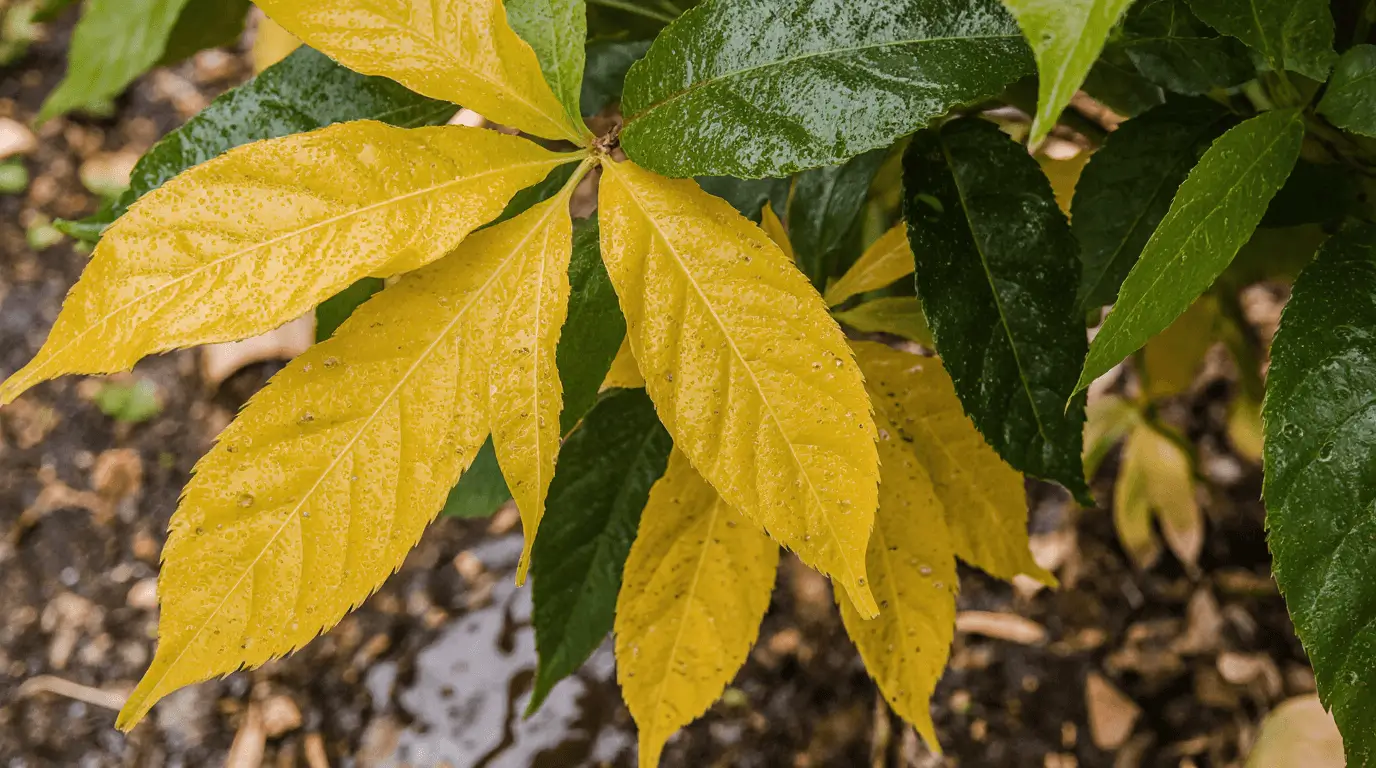
- Poor fruit set may occur when your tree isn’t receiving adequate sunlight or nutrients. Always plant in a location with full sun for most of the day, and consider planting a Flowering Type A avocado nearby to enhance pollination rates. This cross-pollination significantly improves fruit set; while some trees can support 50–100 fruits, they typically hold about 15, so understanding the potential yield helps manage expectations.
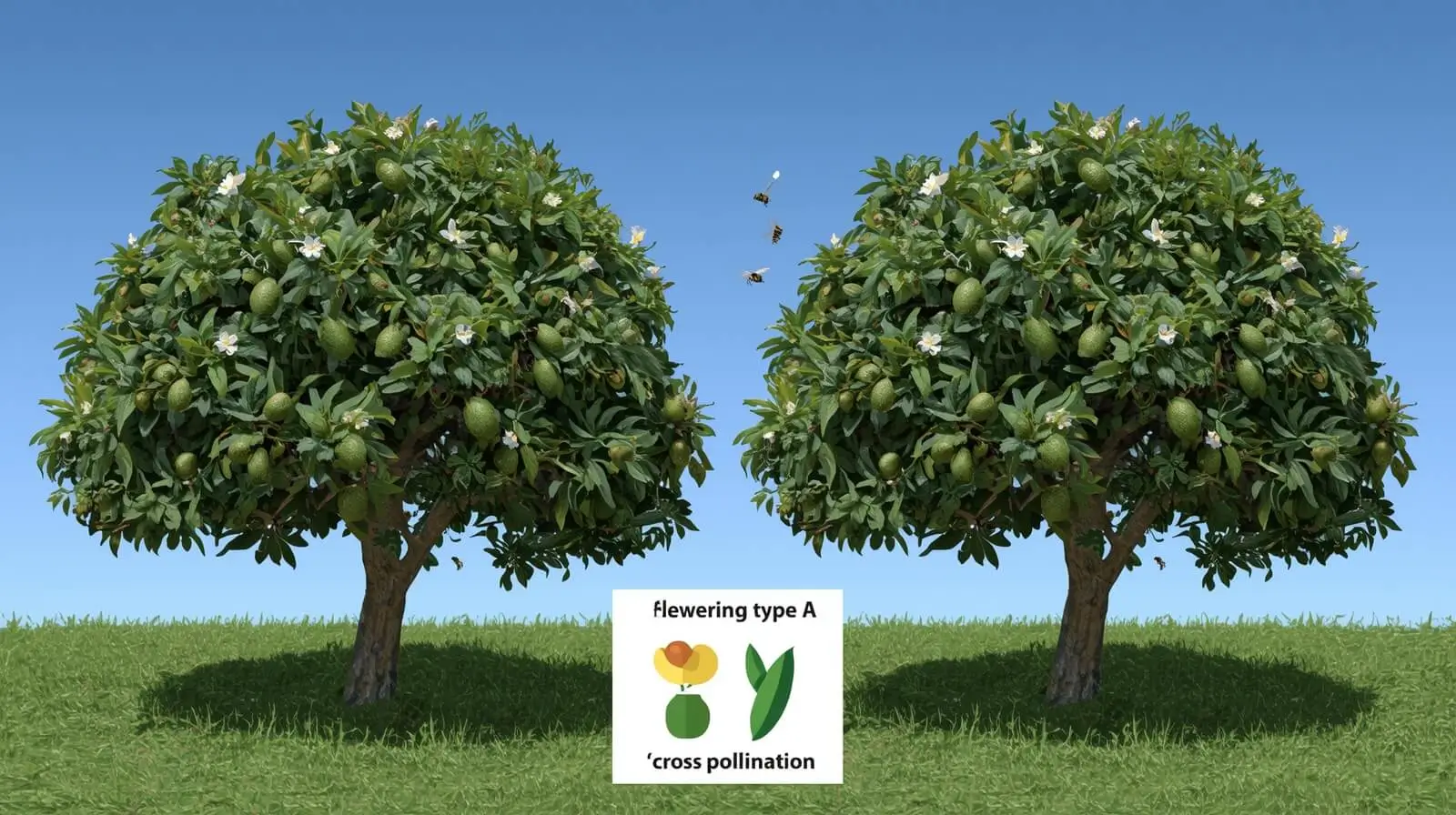
- Root rot is another frequent issue caused by inadequately draining soil. To avoid decay, make sure your tree is placed in well-draining earth. If you suspect root rot, examine for softness and consider repotting in fresh, well-aerated medium to restore plant health and stability.
- Pest infestations and nutrient deficiencies also affect the health of the Oro Negro avocado tree. Conduct regular inspections to look for visible insects and treat promptly using organic insecticides or neem oil to protect the tree. If you notice yellowing leaves, this may indicate a deficiency linked to nitrogen. Perform soil examinations, evaluate nutrient levels, and amend with suitable fertilizers intended for fruit-bearing plants to encourage growth.
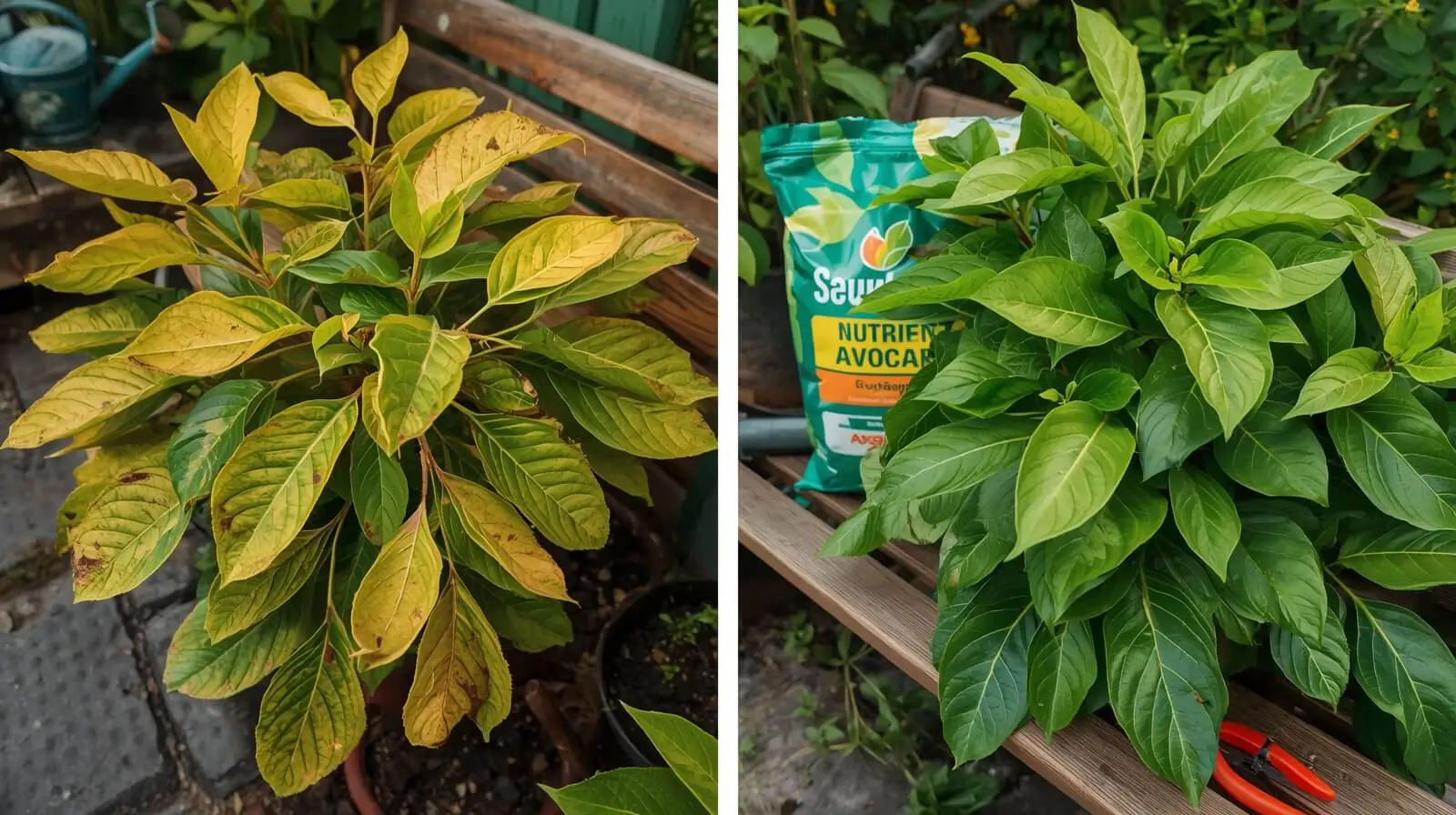
Read Also:
- Gardening & Plant Care Guide for Thriving Plants
- Tropical Fruit Trees: Grow Exotic Paradise at Home (Guide)
Conclusion
Troubleshooting Oro Negro avocado trees is all about observation, patience, and timely action. When you address common issues proactively, your efforts in cultivating the Oro Negro avocado tree will reward you with robust growth, healthy leaves, and delightful fruits. Whether it’s managing watering schedules, checking for nutrient deficiencies, or ensuring well-draining soil, every small adjustment makes a big difference. Remember, a healthy avocado tree is not just a plant—it’s a living investment that thrives when given the right care and attention.
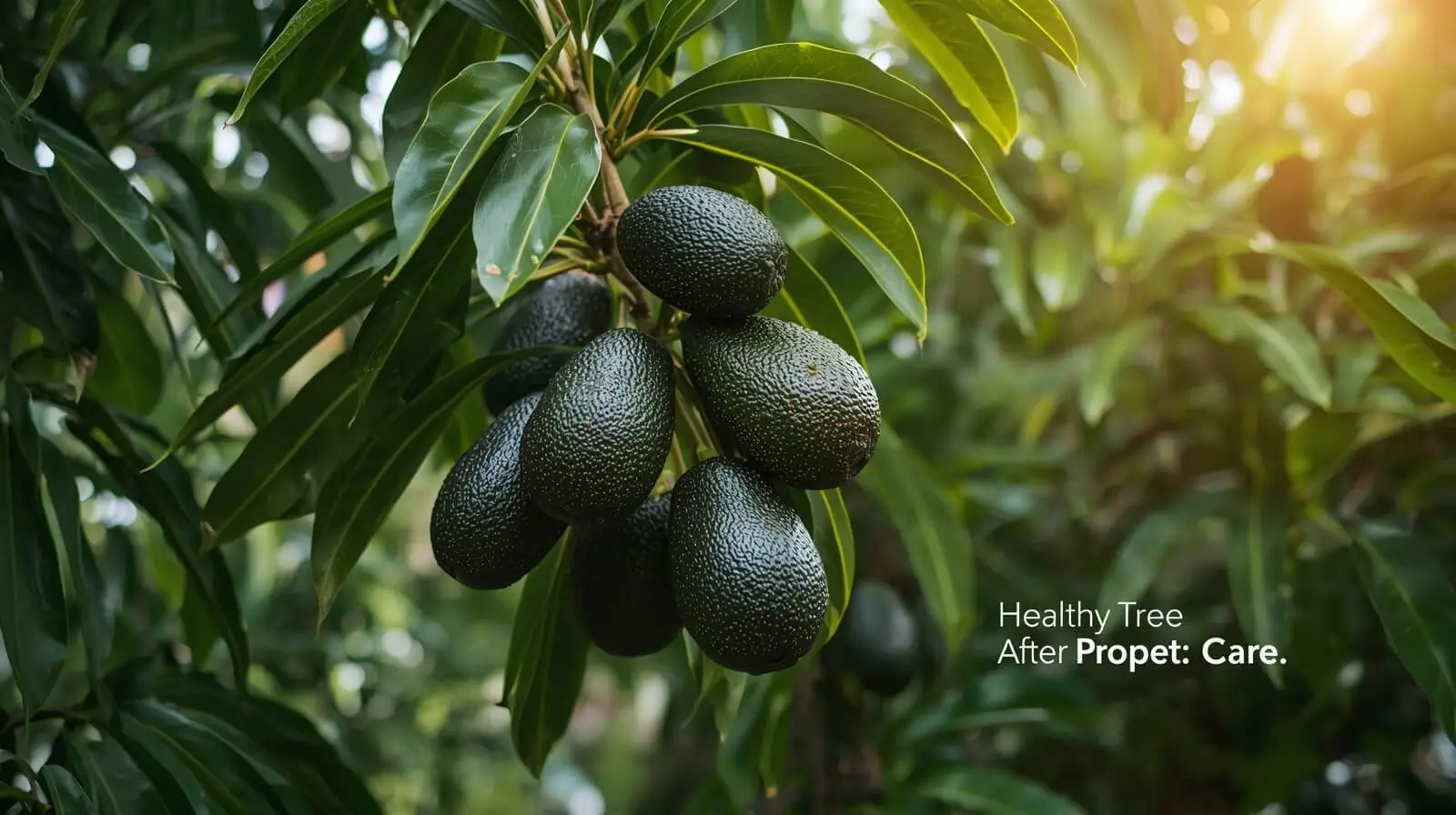
FAQs
- Why are the leaves on my Oro Negro avocado tree turning yellow?
Yellowing leaves often indicate a nutrient deficiency, usually linked to insufficient nitrogen or poor soil conditions. Perform a soil test and amend it with suitable fertilizers intended for fruit-bearing trees to restore color and vigor. - How can I prevent root rot in my avocado tree?
Root rot is commonly caused by inadequately draining soil. To prevent it, ensure your tree is placed in well-draining soil, and avoid overwatering. If rot is suspected, repot the tree into fresh, well-aerated soil immediately. - What should I do if my Oro Negro avocado tree is losing leaves?
Leaf drop can happen due to improper watering or temperature stress. Check soil moisture regularly, keeping it moist but not soggy, and protect the tree from low temperatures that can cause leaf loss. - How can I improve fruit production on my Oro Negro avocado tree?
Ensure the tree receives full sun for most of the day, and consider planting a Flowering Type A avocado nearby for better pollination. Balanced fertilization and consistent watering also help improve fruit set and overall yield. - Are pest infestations common in Oro Negro avocado trees?
Yes, but they can be controlled with organic pest management techniques. Regularly inspect for aphids or scale, and use neem oil or natural insecticides to protect your tree without harming beneficial insects.



